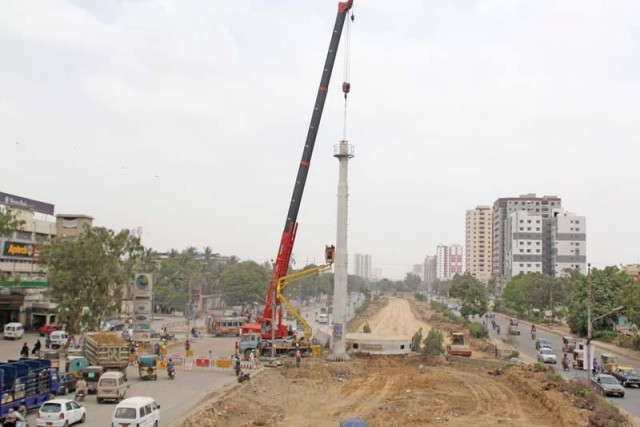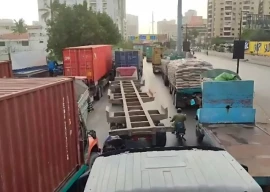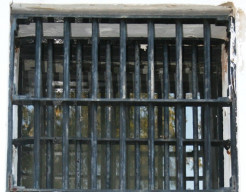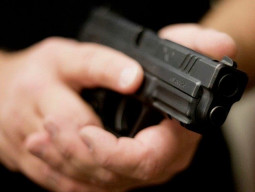
Transport expert Malik Zaheerul Islam raised these concerns over what is now being considered the lifeline of the city - the Green Line BRT — at a discussion at NED University’s city campus on Thursday.
Islam asked who will bear the operational cost of the Green Line BRT, pointing out that the Punjab government is paying a heavy subsidy to run the metro buses in Lahore and Islamabad-Rawalpindi. “Will the Sindh government be able to pay that much?” he asked.
The Green Line BRT, to run in segregated lanes from Surjani Town till the Merewether Tower, aims to facilitate 12,000 passengers per hour, travelling towards Saddar on public buses.

Saleh Farooqui, chief executive officer of Karachi Infrastructure Development Company Limited (KIDCL) - the company formed by the federal government to look after the construction of the project - said the Sindh government should have regulatory bodies such as a Sindh Mass Transit Authority to run these projects.
Orange is the new BRT
He explained that the operational cost will have to be borne by the Sindh government. He added that we should have a proper plan to pay off the subsidy, explaining that the Sindh government’s Public-Private Partnership cell is already working on its operational cost once the BRT is functional.
Farooqui explained how, in 2014, the Sindh government had asked the federal government to develop one of the BRT lines drafted by the Japan International Corporation Agency (JICA). The federal government, he said, chose the Green Line, considering the number of commuters along the route. It was then decided by the federal government to formulate a company that is 100% owned by the government, KIDCL, to have the federal government’s senior officials serve as directors of the company.
The biggest challenge, said Farooqui, was that the company with the mandate develops the infrastructure and then hands the project over to the Sindh government. Tanveer Ahmed, an official of EA Consultants Pvt Limited - the consultant of the project - explained that the project starting from Surjani Town was planned to end at Gurumandir. However, due to the delay in the construction of Blue Line BRT, which is supposed to run from Bahria Town and was supposed to take over the route from Gurumandir till Merewether Tower, they have extended their infrastructure all the way till Merewether Tower. He explained that the total length of the dedicated route of the Green Line BRT will now be 21.7 kilometres (km) while the number of BRT stations will be 25. The number of passengers per day will be 300,000, he said. The bus depot, he said, will be constructed at Surjani Town, for which land has already been allocated by the Sindh government.
Alignment of Green Line BRT
The major concern raised by Islam was regarding the alignment of the Green Line BRT from Surjani Town all the way to Nagan Chowrangi, which is elevated over one of the side medians of the road.
Launch of the Karachi BRT - cautious optimism!
Islam pointed out that in the original design, the Green Line BRT was supposed to be constructed on the central median, which currently has huge pylons of K-Electric. He further said that the other option was to construct the BRT on the sides of those pylons. When asked about the residential areas, whose inhabitants will be adversely affected with the construction such a long flyover over the side median, Ahmed said that the flyover from Surjani Town till Nagan Chowrangi will be 30 to 40 feet away from the residential areas. They have a footpath and then quite a broad service road between the flyover and the residential quarters, he said.
He explained that all the options regarding that portion had been studied. According to him, K-Electric was demanding a lot of time to remove the pylons, which was not possible to be provided. As for the side median option, he said that 75% of the existing carriageway would then be covered by the BRT stations and the Karachi Metropolitan Corporation would never have agreed to that.
Published in The Express Tribune, August 13th, 2016.


















COMMENTS
Comments are moderated and generally will be posted if they are on-topic and not abusive.
For more information, please see our Comments FAQ